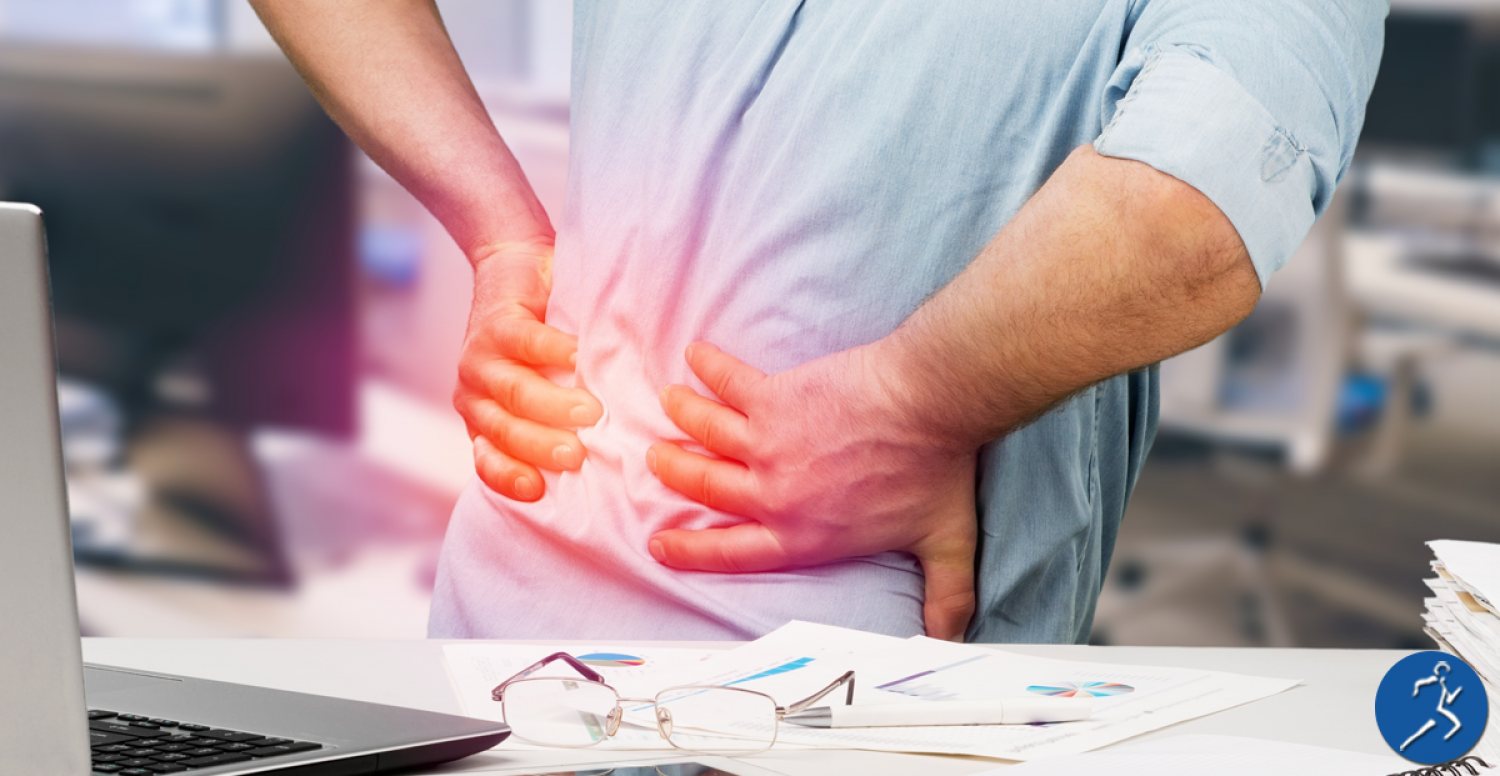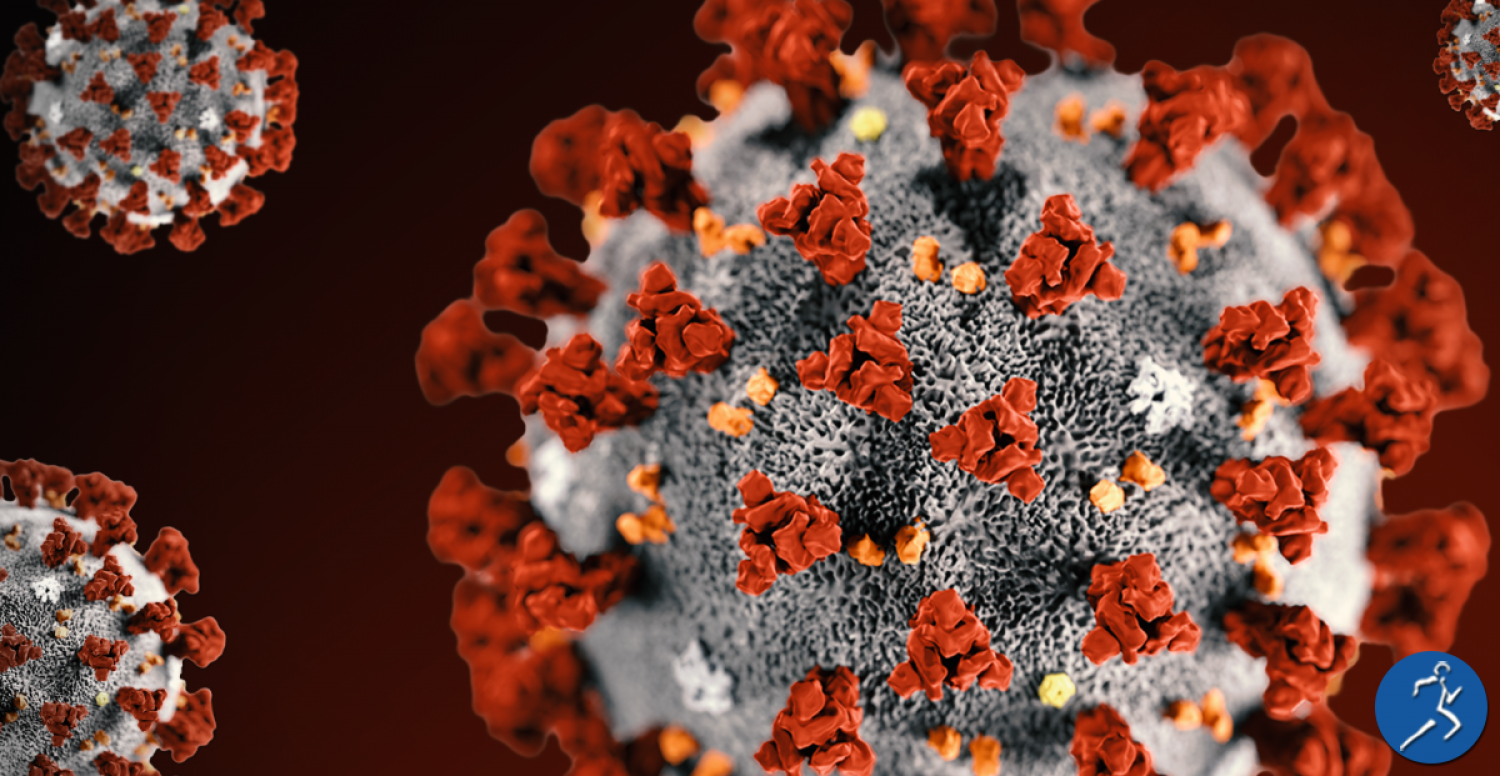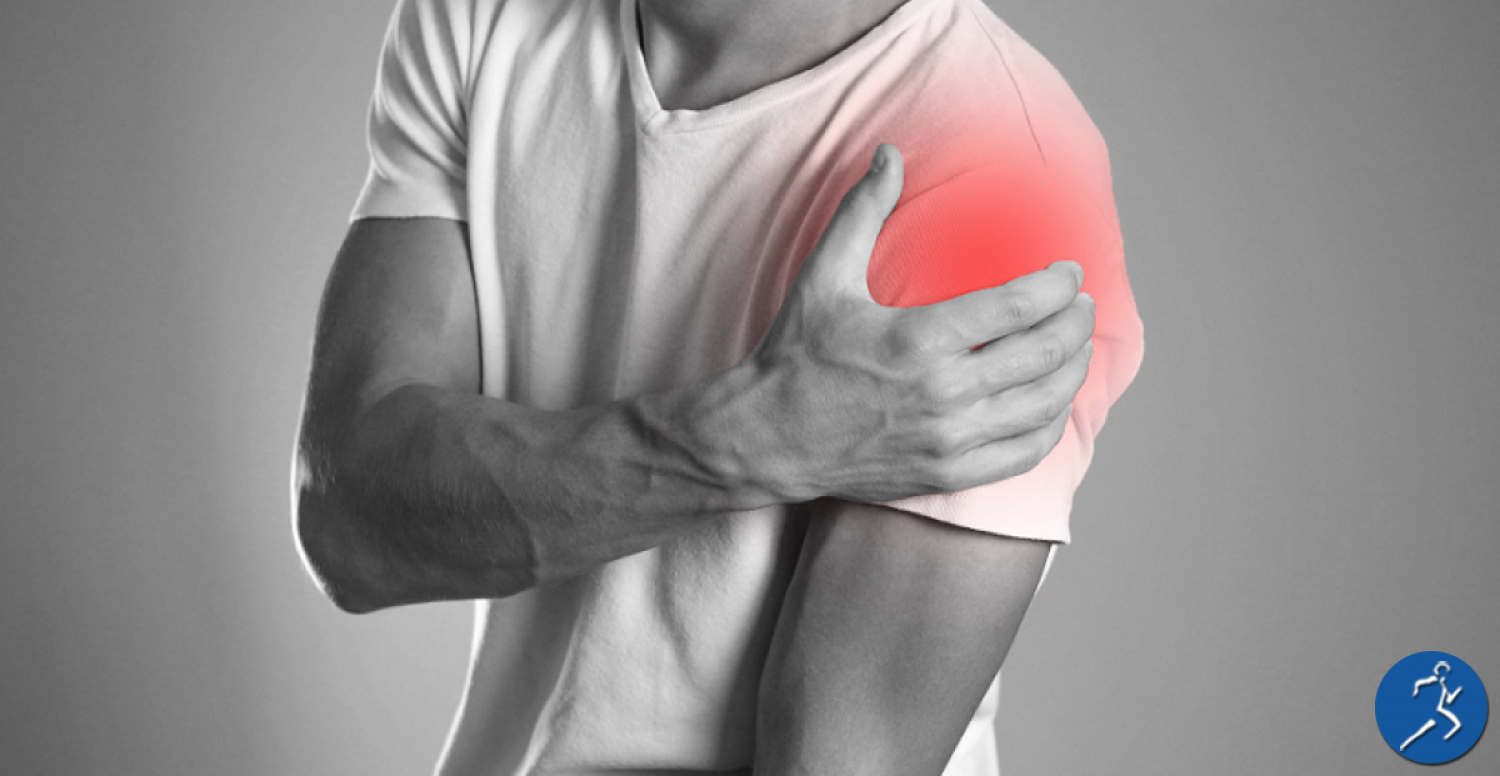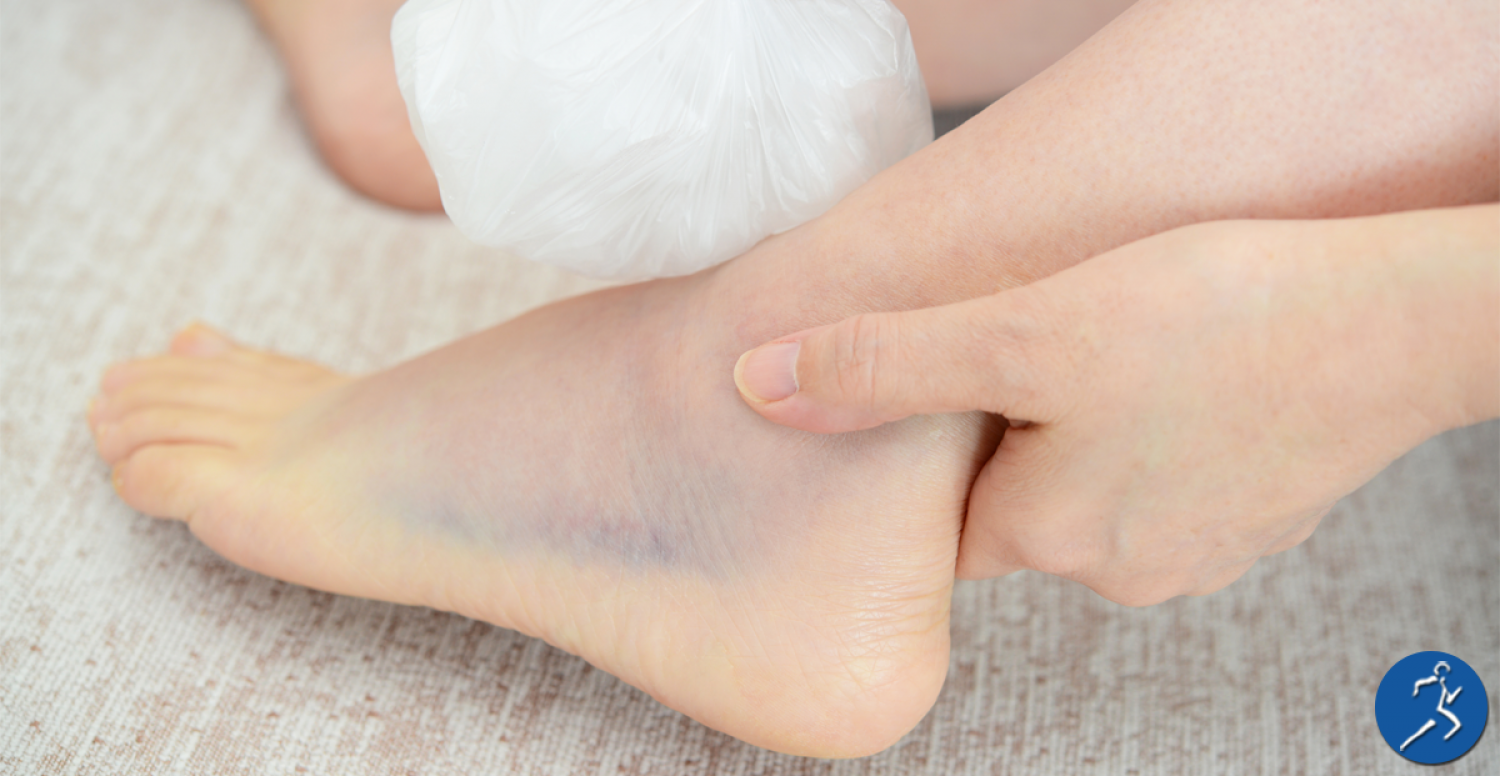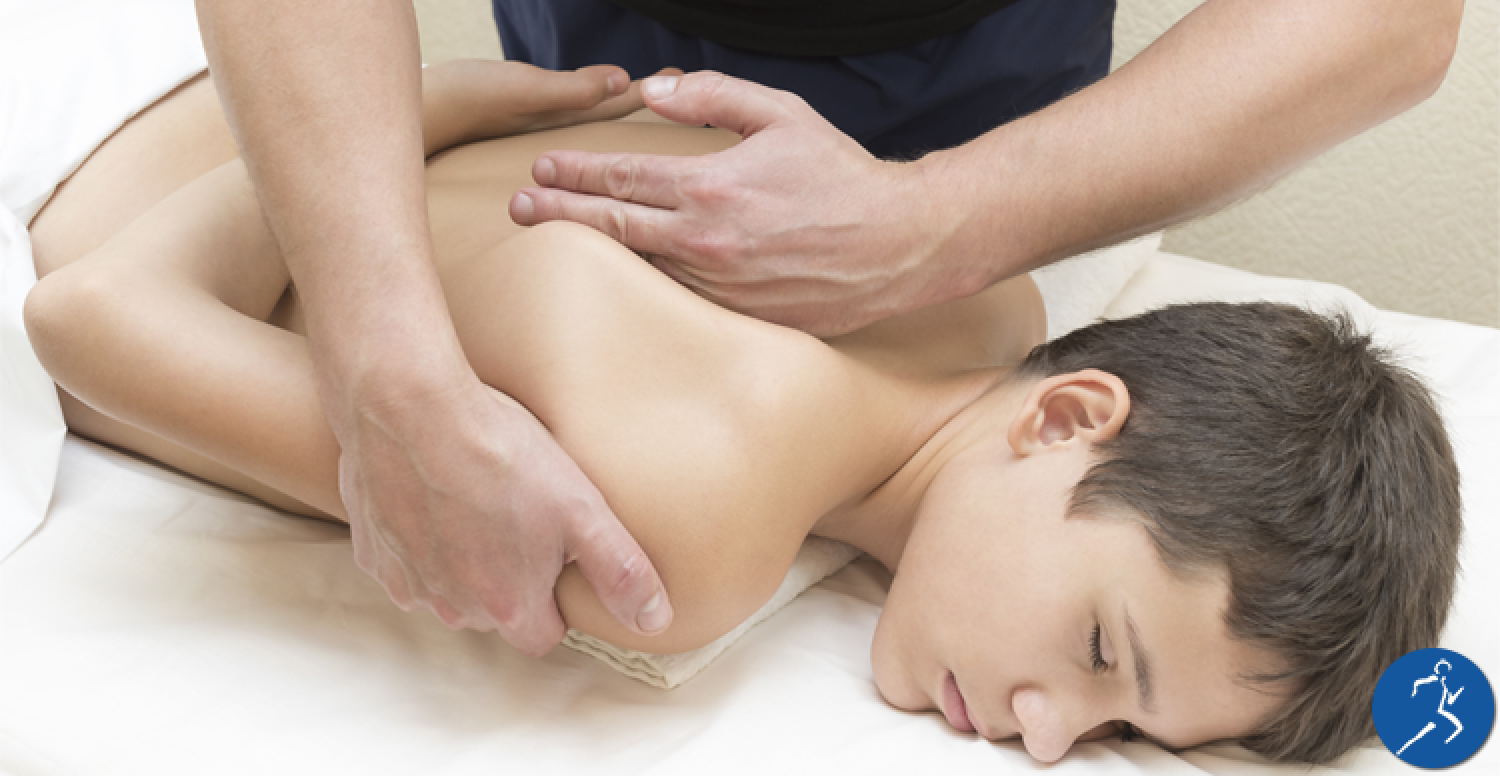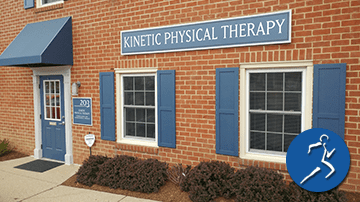One minute, you’re walking down the street. The next, you’re down on the ground with a twisted ankle. Is it sprained, or broken? After you make it home, you have to decide whether to apply ice or wrap it in the heating pad. Whether it’s an ankle, a shoulder, or any other body part you injured, you need to know the proper treatment. Making a mistake and treating the area incorrectly might slow healing, instead of accelerating it. When to Apply Ice to An Injury Right after the injury occurs, it’s best to use ice to reduce swelling and pain.
Continue Reading →When it’s summertime, flip-flops are all the fashion. They’ve evolved from the plain rubber type to all different types of stylish options. When they are worn for their original, intended purpose… walking around the beach or pool, they don’t pose much of a problem. But when they are used for constant, everyday wear in the summertime, they can cause foot pain, and even affect your overall foot health. How Can Flip Flops Cause Foot Pain? Obviously, you can get injuries caused by exposure to random pieces of debris on the ground and the cuts and scrapes that will result. You
Continue Reading →Even though quarantine restrictions are lifting, many people are still wondering if it is safe to go to a Physical Therapy office to get treatment and rehabilitation. At Kinetic Physical Therapy, we want to explain how we make our practice safe for you. Anne Arundel County Health Department standards are maintained and exceeded. We take pride in going the extra mile to protect our patients from exposure to the COVID-19 virus, and any other viral or bacterial threats. Continuity of Care This means that you see the same therapist at each visit. The fewer people you see, the safer the
Continue Reading →February is American Heart Month. If you have had a cardiovascular event such as a heart attack or open heart surgery, physical therapy is crucial for you to return to your previous level of function and activity. Further, physical therapy is an excellent preventative tool that can help to reverse the specific effects of heart disease. In honor of American Heart Month, we would like to outline the benefits of physical therapy for cardiac rehab. Read on to learn how we can help you healthier and live longer. What is Cardiac Rehabilitation? For those who have suffered a cardiac event,
Continue Reading →As of March 17th, 2020, Physical Therapists are allowed to treat patients through telehealth to reduce the number of people who are exposed to the COVID-19 virus. On the face of it, this may sound like good news. But, let’s take a better look. Telehealth – A Major Assumption One of the first things we’re overlooking in a rush to replace in-person physical therapy that we’re not talking about. Seniors and stroke victims often don’t have computers or smartphones in the home. If they are recuperating from surgery, and are trying to rehabilitate themselves, they may not be able to
Continue Reading →When you have pain in your back, it might be hard to pinpoint the cause. There are different types of back pain, depending on location, severity, and what structures are affected. Let’s take a more in-depth look at pain as it occurs in the back, and what can be done about it. Back Pain – It’s Complicated When you have pain in your back, it can be somewhat of a mystery. It’s very subjective, it may be intermittent, and it’s different in every person. What might send one person running to urgent care may be barely noticeable to another person.
Continue Reading →Disclaimer: Information about COVID-19 is rapidly changing. The information below may not be correct, complete, accurate, and/or may have changed without notice. It’s important to get your information from a trusted source. As such, we recommend you frequently visit the Centers for Disease Control and Prevention at https://www.cdc.gov/covid-19 for the most recent developments and advice. ALL STAFF REMAIN COVID FREE AND 100% VACCINATED What has our practice done to make your appointments as safe as possible? Cleaning and disinfecting regularly. We have intensified our cleaning and disinfecting procedures of frequently touched surfaces. We are educating our company staff about COVID-19. We are regularly educating and updating our
Continue Reading →Rotator cuff tears can be painful… or not. Many people are walking around with tears in their rotator cuff but are not experiencing symptoms of should pain. Time is not a great healer when it comes to a rotator cuff injury. There are things that you can do, short of surgery, that help relieve symptoms and regain strength in your shoulder. Let’s take a look at what it means to have a tear in your rotator cuff, and what your treatment options are. What is a Rotator Cuff Tear? There is a group of four muscles with tendons that attach
Continue Reading →It usually happens with no warning. One minute you’re walking along, the next you’re wincing in pain. Sprained ankles are painful and can become a chronic problem. In this article, we’ll take a look at how they happen and what can be done to treat them. What Does it Mean to “Sprain” Your Ankle? When you sprain your ankle, you damage the ligaments (the connective tissue) that holds the bones together to form the ankle joint. Depending on the severity, you may need surgery to repair a sprain. Before we jump ahead to that, though, let’s take a comprehensive look
Continue Reading →When we call someone “double-jointed” or notice that they have loose joints with an above-average range of motion, we see hypermobility in their joints. For most people, it’s not a problem. But for others, it can cause unpleasant symptoms. Let’s take a look at some issues and solutions for those with hypermobility. What Causes Joint Hypermobility? Joint hypermobility is the result of weaker collagen and connective tissue. Collagen is a type of protein that runs throughout the body. If collagen is not as strong as it should be, tissues will be weak, and joints may become loose and stretchy. Joint
Continue Reading →





